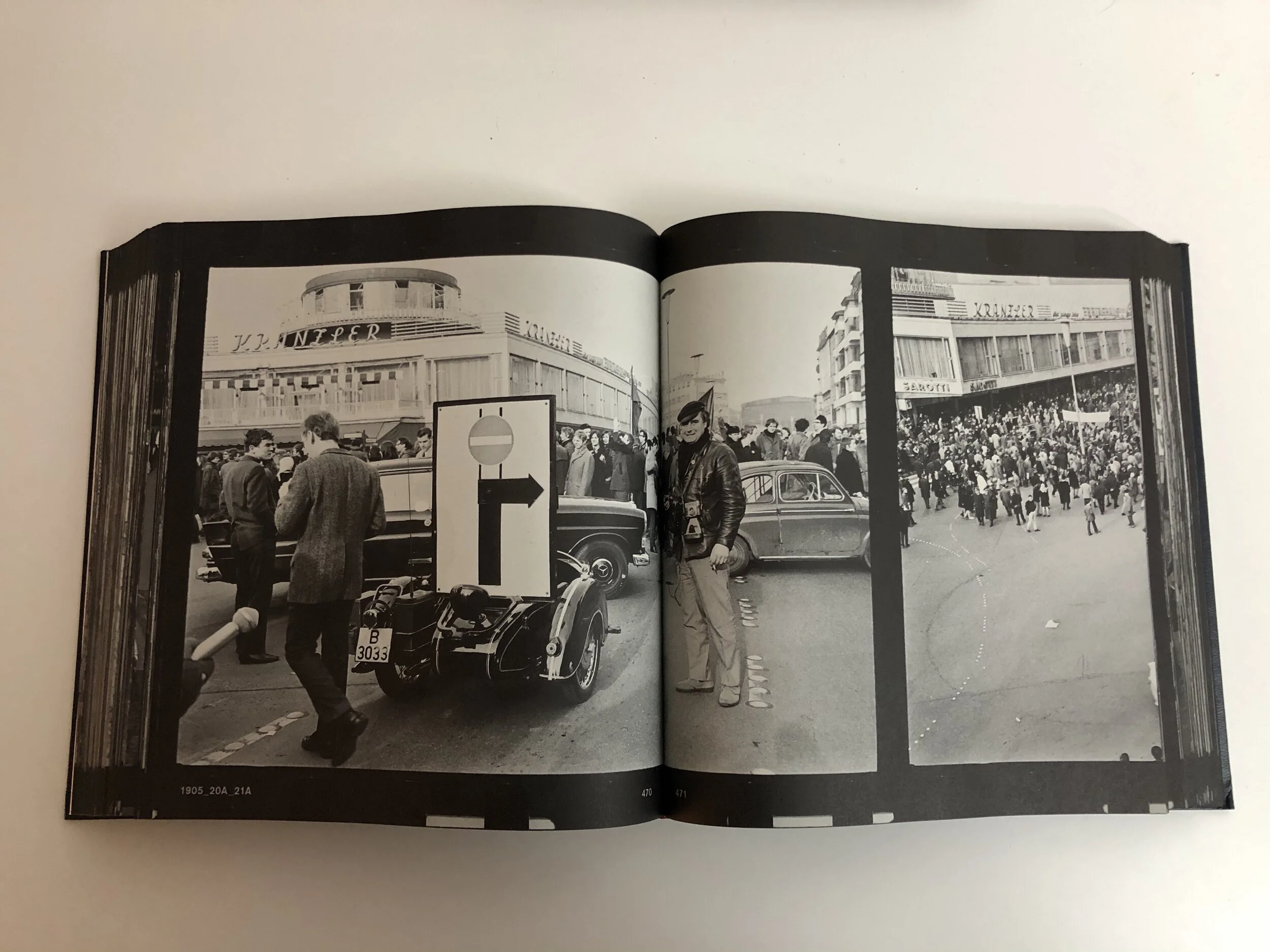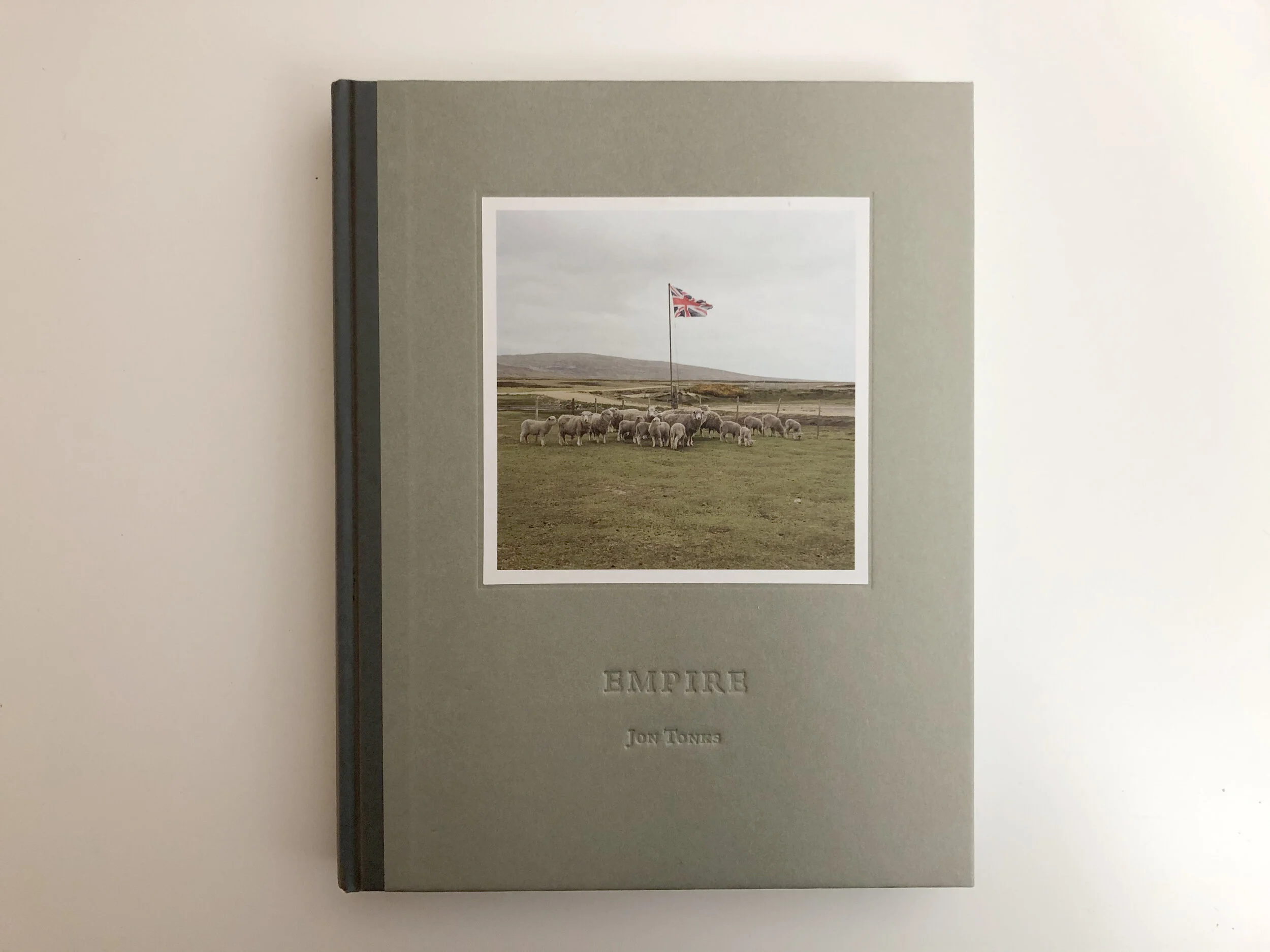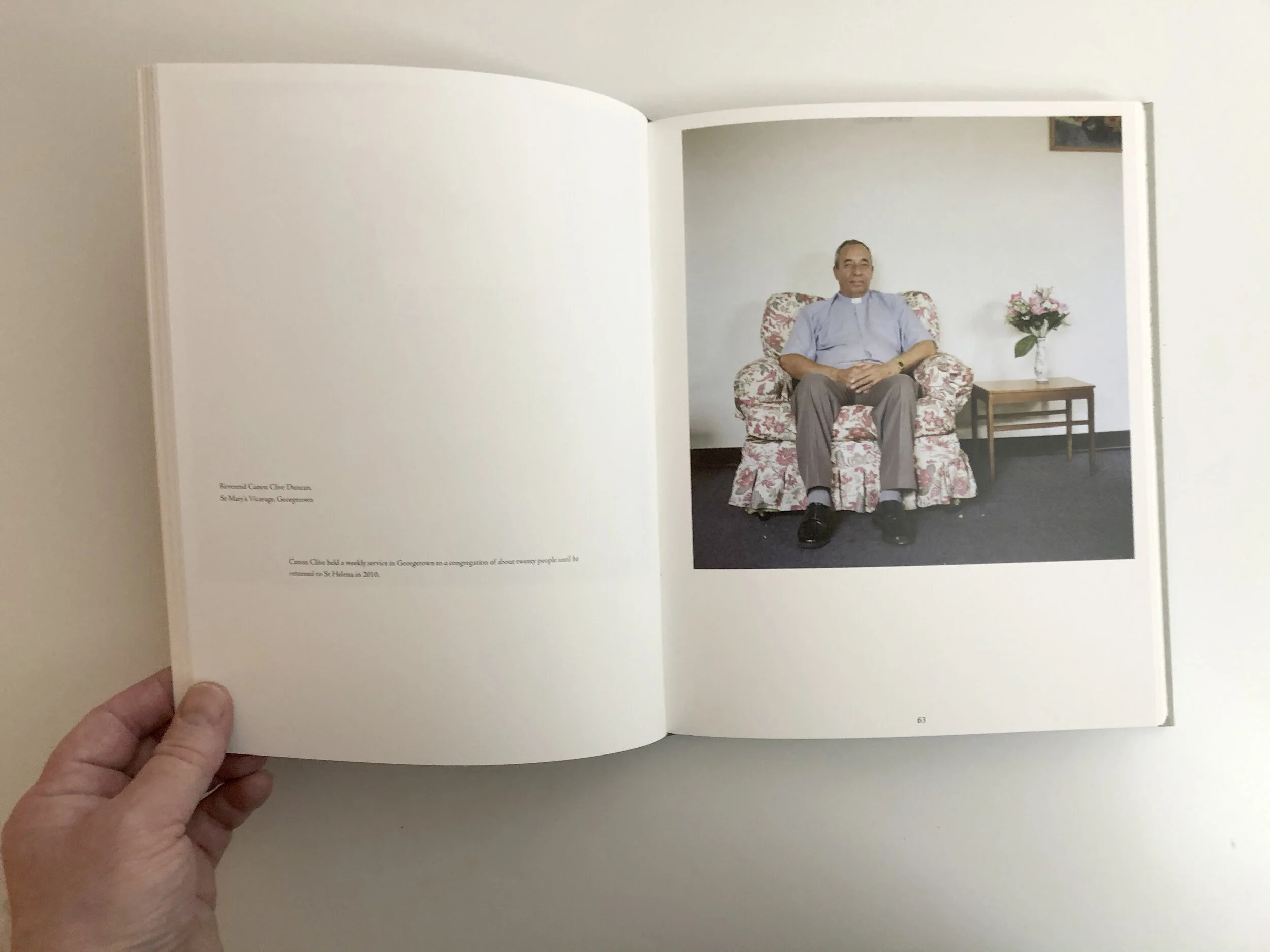Arwed Messmer's work and the archiving of Berlins Police Historical Collection. This is a fascinating insight into student protests. His book 'Berlin 1966-70' catalogues the images in a chronological order using a film border as a device to add continuity to the presentation. Each chapter is differentiated with a date and a simple line drawing of a map, with the occasional narrative. The paper used in the book is thin with a matt finish. This lends the book to have a feeling of handling a newspaper almost as if the ink will come off onto your hands. As I explore different publications, I am becoming more aware of how important paper is and it's something I will research for my future book.
Berlin 1966-1970









